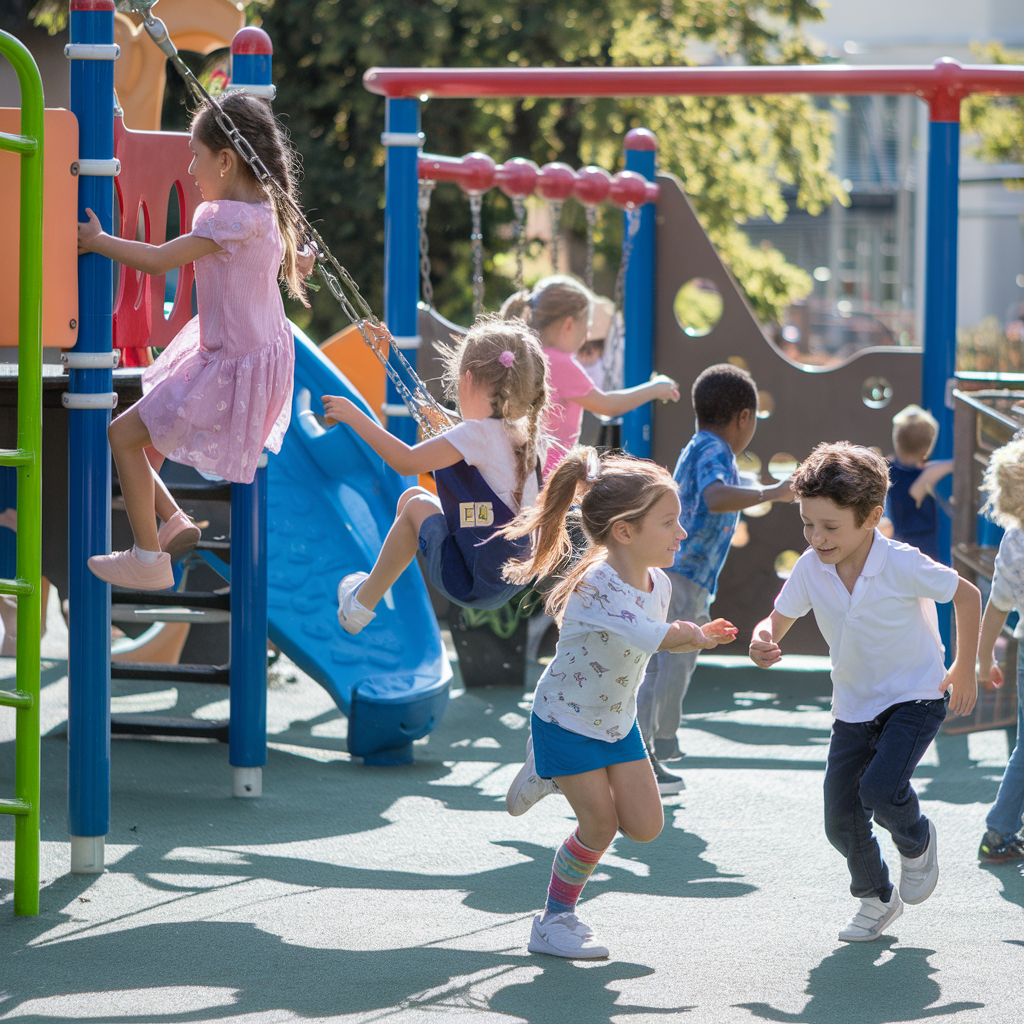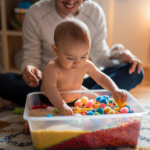Understanding the role of play in physical development is essential for parents, educators, and caregivers who aim to support children’s growth and well-being. By engaging in various play activities, children enhance their motor skills, coordination, and overall physical health. Moreover, play fosters a love for physical activity, setting the foundation for a healthy lifestyle. In this guide, we will delve into the importance of play in physical development and provide practical strategies to incorporate active play into your child’s daily routine.
Why Play is Crucial for Physical Development
Incorporating the role of play in physical development into a child’s life offers numerous benefits. First, play promotes the development of fine and gross motor skills, which are vital for everyday activities. Additionally, active play enhances muscle strength, flexibility, and cardiovascular health. Furthermore, play encourages children to explore their physical capabilities, boosting their confidence and self-esteem.
1. Enhances Motor Skills
Play activities like running, jumping, and climbing help children develop both fine and gross motor skills. For example, playing with building blocks improves hand-eye coordination and dexterity, while playing tag enhances balance and agility.
2. Promotes Muscle Strength and Flexibility
Engaging in physical play strengthens muscles and increases flexibility. Consequently, children become more physically capable and less prone to injuries. Moreover, activities like dancing and gymnastics promote flexibility and overall body awareness.
3. Improves Cardiovascular Health
Active play increases heart rate and promotes healthy blood circulation. Additionally, regular physical activity during play helps prevent childhood obesity and related health issues, such as diabetes and heart disease.
4. Boosts Confidence and Self-Esteem
Successfully engaging in physical play builds confidence and self-esteem. Moreover, overcoming physical challenges during play encourages resilience and a positive self-image.
Tips to Incorporate Play into Physical Development
Here are some top strategies to incorporate play into physical development effectively:
1. Provide a Safe and Stimulating Environment
First, ensure that your child has access to a safe and stimulating play environment. For example, set up a backyard obstacle course or create a designated play area with age-appropriate toys that encourage movement.
2. Encourage Outdoor Play
Additionally, encourage your child to spend time outdoors. Activities like hiking, biking, and playing sports not only promote physical health but also expose children to nature, which has additional mental health benefits.
3. Participate in Play Together
Moreover, join your child in playtime activities. This way, you can model active behavior and make physical activity a fun and shared experience, strengthening your bond while supporting their physical development.
4. Introduce a Variety of Physical Activities
Next, introduce your child to a variety of physical activities to keep playtime exciting and engaging. For example, try swimming, martial arts, or team sports to help your child discover what they enjoy most.
5. Limit Screen Time
Furthermore, limit screen time to ensure that children have ample opportunity for physical play. Instead, encourage activities that require movement and interaction, such as dancing or playing ball games.
6. Use Play as a Learning Tool
Additionally, use play to teach children about the importance of physical health. For instance, incorporate educational games that emphasize the benefits of exercise and healthy living.
7. Encourage Social Play
Thus, encourage your child to engage in social play with peers. Group activities not only promote physical development but also enhance social skills and teamwork.
Activities to Promote Physical Development Through Play
Incorporating these activities can significantly enhance your child’s physical development:
1. Obstacle Courses
For example, set up an obstacle course in your backyard using household items like cones, ropes, and hula hoops. This activity challenges children to navigate through different physical challenges, improving their coordination and agility.
2. Dance Parties
Additionally, host dance parties where children can move freely to music. This not only promotes cardiovascular health but also allows children to express themselves creatively through movement.
3. Sports and Team Games
Moreover, involve your child in sports such as soccer, basketball, or baseball. Team games teach children about cooperation, communication, and physical endurance.
4. Nature Walks and Hikes
Next, take your child on nature walks and hikes. These activities encourage exploration and physical exertion while connecting children with the natural world.
5. Biking and Rollerblading
Furthermore, teach your child how to bike or rollerblade. These activities improve balance, coordination, and leg strength, contributing to overall physical fitness.
6. Interactive Play Equipment
Additionally, invest in interactive play equipment like swings, slides, and climbing frames. These tools provide endless opportunities for physical play and skill development.
7. Yoga for Kids
Thus, introduce yoga to your child’s routine. Yoga enhances flexibility, balance, and mindfulness, promoting both physical and mental well-being.
Common Mistakes to Avoid When Using Play for Physical Development
Avoiding these common pitfalls ensures that your efforts to use play for physical development are effective:
1. Over-Scheduling Playtime
First, avoid overwhelming your child with too many structured play activities. Instead, balance organized play with free play to keep it enjoyable and stress-free.
2. Ignoring Individual Preferences
Additionally, recognize that each child has unique interests and physical abilities. Tailor play activities to suit your child’s preferences and developmental stage, ensuring that play remains engaging and appropriate.
3. Not Providing Enough Variety
Moreover, offer a variety of play activities to prevent boredom and promote comprehensive physical development. This way, children are exposed to different movements and skills, enhancing their overall physical capabilities.
4. Neglecting Safety Measures
Thus, always prioritize safety during play. Ensure that play areas are free from hazards and that children are supervised, especially during high-intensity activities.
5. Focusing Only on Physical Outcomes
Finally, remember that play is also about fun and enjoyment. Avoid placing too much emphasis on physical outcomes and instead focus on making playtime enjoyable and fulfilling for your child.
Conclusion: Embrace Play for Optimal Physical Development
Integrating play into your child’s physical development is a fun and effective way to support their growth and well-being. By following these strategies and incorporating a variety of play activities, you can help your child develop strong motor skills, a healthy body, and a love for physical activity. Moreover, active play fosters emotional and social skills, contributing to your child’s overall happiness and confidence. Start today by creating a playful and active environment, and watch your child thrive with enhanced physical abilities and a joyful spirit.
Ressources library:
Internal Links:
Healthy Eating Habits for Kids,
Top Physical Activities for Children,
Recognizing Signs of Dehydration in Kids
External Links:
Centers for Disease Control and Prevention (CDC): Physical Activity
American Academy of Pediatrics: Physical Activity Guidelines














